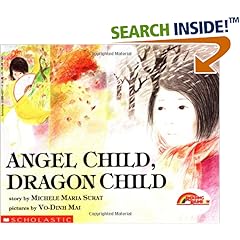
Title: What I Like About Me!
Author: Allia Zobel-Nolan
Summary: This book is about children who each tell the reader something they like about themselves-they wear braces, they have curly hair, to even having big feet. The illustrations are great and there are all sorts of pop-outs, pull tabs, and touchy items in the pictures, that make the book so much fun to read.
Reflection: I love this book because it teaches students that everyone is different and special in our very own way. In addition, it helps with issues of self-esteem which is a very important topic and needs to be talked about.
Lessons/Curriculum: There is so much that can be done with this book. The last line of the book poses a question to the reader, “and what do you like about you?” with an actual aluminum mirror so you can look at yourself. Teachers can use this question to start teaching about self-esteem and have students do self-portraits, including writing about themselves and what makes them so special. In addition, another creative idea might be to instead of having students write about themselves, they write about someone else in their class and why they feel that person is special. This way self-esteem is not only taught about, but social skills (ex. classroom community) as well.
Social Justice Curriculum: Stages 1 and 2 are strongly addressed because students are learning to love and respect themselves while at the same time for others too.
Links: http://www.amazon.com/What-I-Like-About-Me/dp/0794407633



















